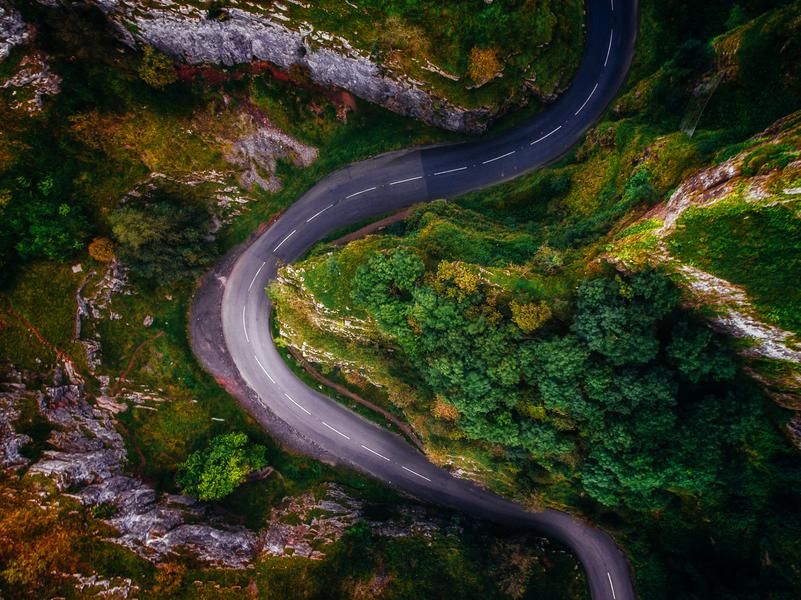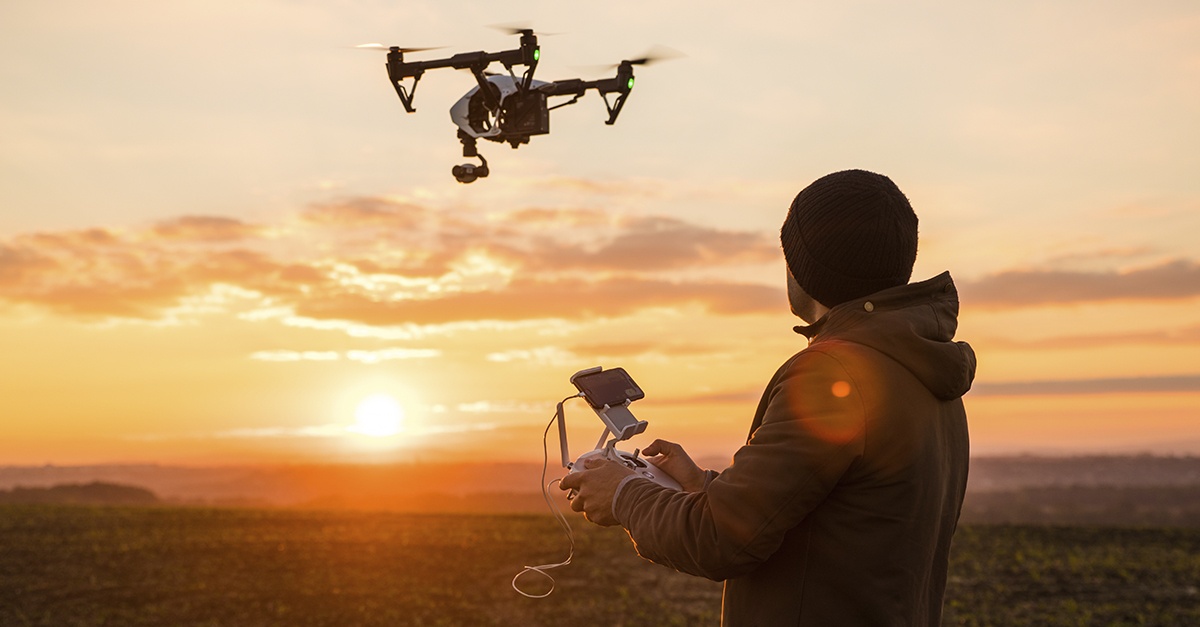Transform Your Perspective: The Art and Scientific Research Behind Drone Digital Photography
Drone photography stands for a substantial crossway of artistic vision and technical advancement, enabling creators to catch perspectives formerly unattainable. Understanding the technicians of drone innovation, from equipment selections to structure techniques, is crucial for attaining engaging imagery. Moreover, considerations such as lights and ecological problems can profoundly influence the final result. As digital photographers fine-tune their abilities in both aerial method and post-processing, they open a richer narrative possibility. Yet, what absolutely identifies effective drone photography from simple airborne snapshots? Exploring this inquiry reveals deeper understandings right into the craft and its progressing landscape.
Comprehending Drone Innovation
Understanding drone technology is necessary for anyone interested in harnessing its capabilities for photography. Drones, or unmanned aerial lorries (UAVs), count on a mix of hardware and software program to achieve trip and capture imagery. At their core, these gadgets are geared up with sensing units, cams, and navigating systems that enable them to fly autonomously or be managed remotely.
The key parts of drone technology consist of the trip controller, which works as the brain of the drone, processing information from numerous sensing units to make sure steady flight. Additionally, general practitioner innovation plays a crucial duty in navigation, allowing drones to comply with pre-defined trip courses and preserve their setting even in challenging problems.

In addition, comprehending the regulative landscape surrounding drone usage is important, as it regulates where and how drones can be operated, guaranteeing safety and compliance. Knowledge with these facets of drone technology encourages photographers to maximize their innovative potential while adhering to legal guidelines.
Important Equipment for Drone Digital Photography
Selecting the appropriate equipment is crucial for accomplishing extraordinary lead to drone photography. At the heart of this setup is the drone itself, which must be selected based upon flight stability, camera high quality, and ease of usage. Popular designs typically feature integrated high-definition video cameras that catch spectacular airborne pictures.
Along with the drone, buying a high-grade cam is necessary. Many drones come equipped with cams with the ability of capturing in 4K resolution, yet for professional-grade results, consider a drone that enables for compatible cameras or supports bigger sensors. This flexibility can substantially enhance picture quality.
Stabilization is an additional crucial element. A three-axis gimbal is recommended for smooth video, decreasing resonances that can interfere with picture quality. Furthermore, added batteries and a trusted battery charger ensure extended trip time, permitting even more detailed shoots.
Grasping Make-up Methods
Understanding structure methods is fundamental to boosting your drone photography from regular to remarkable. A well-composed image records the customer's attention and shares a powerful narrative.
Among the important concepts to think about is the guideline of thirds, which entails splitting your frame right into a grid of 9 equal components. Placing essential components along these lines or at their junctions produces visual passion and equilibrium. Furthermore, leading lines can assist the viewer's eye with the photo, attracting focus to the subject and including depth.
One more efficient strategy is mounting, where natural components such as trees or structures encase the topic, boosting the focal point. This approach not just provides context however also produces a feeling of affection within the scene.

Last but not least, constantly be conscious of the perspective line. A crooked horizon can distract and detract from an or else fascinating picture. By mastering these make-up strategies, you can substantially improve the impact of your drone photography.
Lights and Climate Factors To Consider
In drone photography, the interaction of illumination and weather can considerably affect the high quality and mood of your photos. Ideal illumination conditions are vital; the golden hours-- soon after dawn and before sundown-- use soft, diffused light that enhances shades and lessens rough darkness. Throughout these times, the landscape appears more dynamic and dynamic, permitting spectacular airborne shots.
On the other hand, cloudy skies can generate a flat, soft combination, yet they can additionally supply even lighting that minimizes contrast and highlights details in the setting. This can be beneficial for recording textures in metropolitan setups or intricate patterns in nature.
Climate condition, such as rain, haze, or snow, can also add one-of-a-kind aspects to your digital photography. Haze can create a sense of secret, while rainfall can boost shades and saturate the landscape. It is vital to consider the security of your drone; flying in damaging weather conditions can lead to devices damage or loss of control.
Eventually, recognizing just how lighting and weather affect your airborne shots permits you to pick the ideal conditions for your drone digital photography, guaranteeing compelling and visually striking photos.
Post-Processing Idea
After recording stunning aerial images, the next step involves refining those shots through post-processing. This crucial phase improves the visual influence of your photos, allowing you to highlight the distinct point of views that drones supply.
Begin with software program tools like Adobe Lightroom or Photoshop, which supply robust editing and enhancing abilities. Begin by dealing with exposure and white balance to ensure that your shades show up realistic. Make use of pie chart checks to accomplish optimal brightness levels, preventing too much exposure or loss of detail in darkness.
Following, enhance contrast to include depth to your images. Changing quality can develop vital details without pop over to this web-site introducing noise, which is specifically Read More Here useful in aerial shots where texture plays a substantial function. Don't avoid cropping; this can aid focus the audience's focus on the main topic.
Take into consideration applying a small vignette to assist the customer's eye toward the center of the photo. By understanding these post-processing techniques, you can elevate your drone photography to brand-new elevations.
Final Thought

What truly identifies effective drone digital photography from simple airborne snapshots? Numerous drones come outfitted with cams qualified of shooting in 4K resolution, however for professional-grade results, think about a drone that allows for compatible electronic cameras or supports larger sensing units. By grasping these structure strategies, you can considerably enhance the impact of your drone photography.
In visit their website drone digital photography, the interaction of lights and weather condition can considerably influence the quality and state of mind of your photos (aerial photographer spokane). By mastering these post-processing strategies, you can boost your drone photography to new elevations